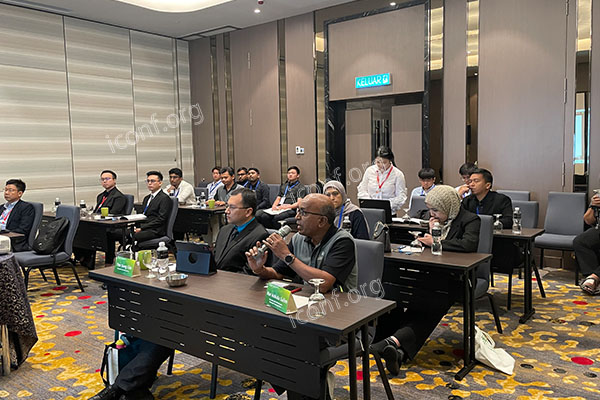Publishing a paper at an IEEE conference is a valuable opportunity for researchers to share their work with a global academic and engineering community. The process may seem complex for first-time authors, but it becomes manageable when broken down into clear steps. This guide outlines the standard IEEE conference paper submission process, helping you navigate each stage with confidence.

Start by identifying an IEEE conference that aligns with your research field. Focus areas may include:
Computer Science & Engineering
Electrical & Electronics Engineering
Robotics, AI, Signal Processing
Communications, Power Systems, and more
You can explore a wide range of upcoming academic events on platforms like iconf.org, which aggregates quality international conferences, including many IEEE-affiliated ones.
Once you've selected a conference:
Carefully read the Call for Papers to understand the topics, deadlines, and submission requirements.
Note the paper format, typically requiring IEEE two-column templates.
IEEE papers are often submitted via platforms like EDAS, EasyChair, or Microsoft CMT, depending on the organizer.
Your paper should include:
Abstract
Introduction
Methodology
Results & Discussion
Conclusion and References
Follow the official IEEE paper template to ensure formatting compliance. Papers usually have strict page limits (commonly 4–6 pages) and are peer-reviewed for technical accuracy and relevance.
Upload your paper through the designated submission portal before the deadline. Most systems will:
Assign a Paper ID
Request author metadata
Allow optional supplementary files (like cover letters)
Make sure all co-authors agree on the content before submission.
After submission:
Your paper will undergo a double-blind peer review, meaning reviewers don't know your identity.
You may receive feedback with requests for minor or major revisions, or outright acceptance/rejection.
Respond carefully and revise accordingly if revisions are requested.
If your paper is accepted:
You’ll receive a formal acceptance letter with further instructions.
Most conferences require camera-ready versions formatted precisely.
Ensure that your final submission meets all IEEE publication standards.
At least one author must register for the conference and present the paper.
Presentations may be oral, poster, or virtual, depending on the format.
Non-presentation can result in paper withdrawal from the proceedings.
After the conference:
The proceedings are published in IEEE Xplore Digital Library.
Your paper becomes visible and citable by the global research community.
Proper indexing also ensures visibility in databases like EI Compendex and Scopus.
Publishing in an IEEE conference involves a clear structure:
Select → Prepare → Submit → Review → Present → Publish
By following the right steps and preparing thoroughly, you can improve your chances of success. Use iconf.org to discover IEEE and other high-quality academic conferences that match your research interests and timelines.